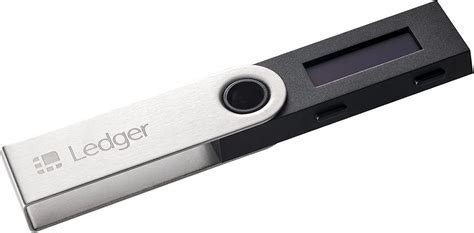3 min de lectura
ERC-20, FUD, Hardware wallet
CRYPTOCURRENCY
«Deciphering the Cryptosphere: Understanding Crypto, ERC-20, FUD, and Hardware Wallets»
In the world of cryptocurrency, it is not uncommon to come across unfamiliar terms or phrases that can be intimidating. One such term is «FUD,» which stands for Fear, Uncertainty, and Doubt. In this article, we will dive into the basics of cryptocurrency, focusing specifically on ERC-20, a popular token standard used in DeFi protocols; the potential pitfalls of FUD; understanding hardware wallets; and how they can safeguard your assets.
ERC-20: The Token Standard

ERC-20 is a widely accepted token standard that enables the creation of decentralized applications (dApps) and enables interoperability between different blockchain networks. It is commonly used in Ethereum-based DeFi protocols, such as Uniswap, SushiSwap, and MakerDAO. ERC-20 tokens are built on the Ethereum network and can be easily transferred between chains using the InterPlanetary File System (IPFS).
ERC-20 and FUD: The Dark Side
FUD is often associated with negative perceptions and misconceptions about a particular project, asset, or industry. In the case of ERC-20 tokens, FUD can manifest itself in a variety of ways, such as:
- Exaggerated or unrealistic expectations for the token’s price appreciation
- Concerns about security vulnerabilities or hacking risks
- Misleading information spread via social media or online communities
These concerns can lead to market volatility and decreased investor confidence. However, it is essential to separate fact from fiction and understand the fundamentals of ERC-20 tokens before making any investment decisions.
Hardware Wallets: A Secure Solution
A hardware wallet is a physical device that stores your digital assets offline, protecting them from hackers and unauthorized access. In today’s digital age, the risk of cyber attacks and data breaches has become increasingly pressing. Hardware wallets offer an attractive solution to safeguard your cryptocurrency holdings.
When choosing a hardware wallet, consider factors such as:
- Security features: Look for devices with strong encryption methods, secure chip-level authentication, and a passcode-based lock
- Compatibility: Make sure the wallet supports your preferred blockchain network (e.g., Ethereum, Bitcoin)
- Ease of use: Choose an intuitive interface that makes it easy to manage transactions
Popular hardware wallets include Ledger, Trezor, and Electrum. These devices offer peace of mind and help prevent losses in the event of a security breach.
Conclusion
Understanding cryptocurrencies, ERC-20, FUD, and hardware wallets is essential to making informed investment decisions. By separating fact from fiction and staying informed about industry developments, you can navigate the complex world of cryptocurrency with confidence. Remember to always do your research, set realistic expectations, and prioritize security when managing your digital assets.
Sources:
- Coindesk: «Understanding ERC-20 Tokens»
- CoinTelegraph: «FUD in Cryptocurrency Markets: What It Means for Investors»
- CryptoSlate: «Hardware Wallet 101: A Beginner’s Guide to Safely Storing Crypto»
Please note that this article is not investment advice. Always consult reliable sources and conduct thorough research before making any investment decisions.